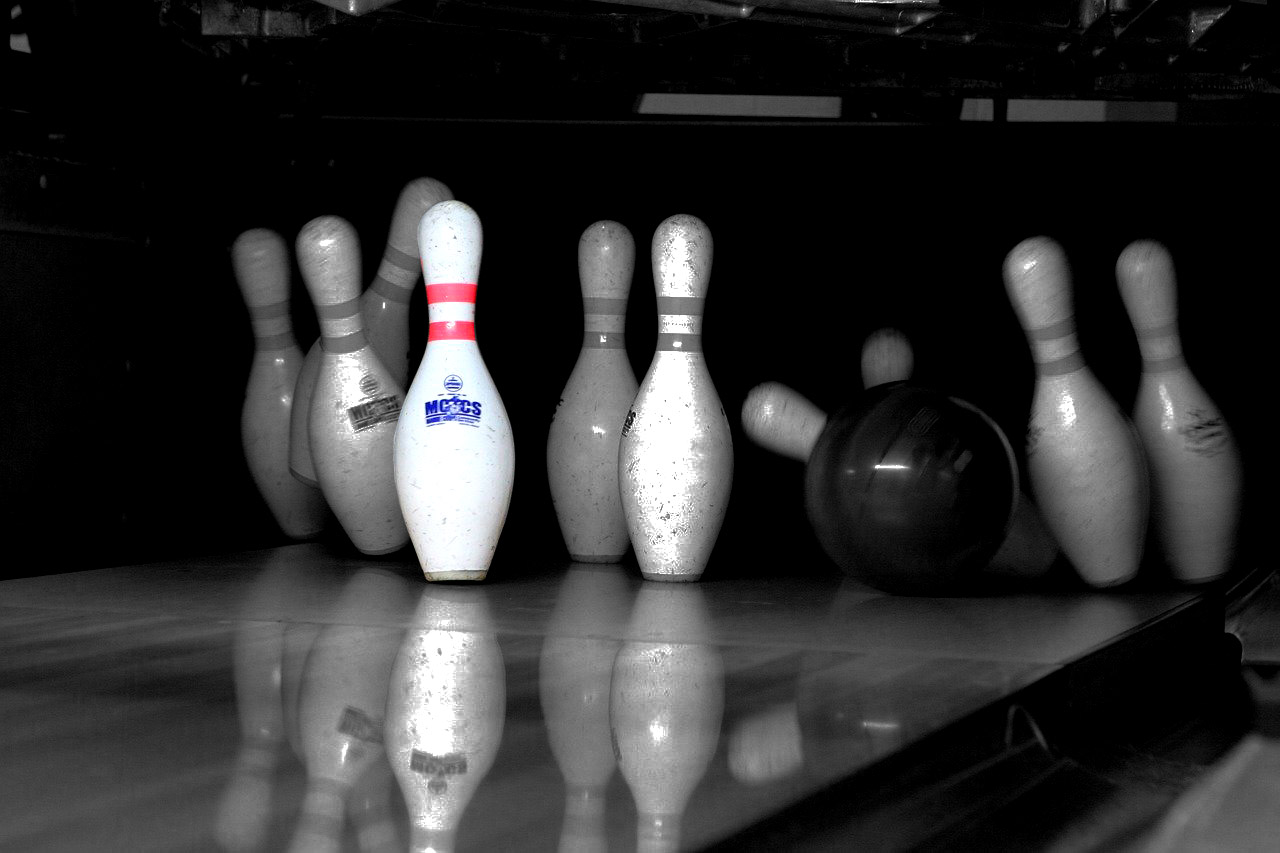Coupon excludes instant bonus items, hot deal items, and gift certificates.
Bowling Term Glossary
Posted Feb 29, 2024 In: Bowling Balls | Bowling Knowledge | Bowling TermsBy Bowling.com

The exact origin of bowling is unknown but archeologists have traced its beginnings at least back to ancient Egypt. Much later, in Germany, the trend to bowl with nine pins became popular and spread throughout Europe. European colonists brought the game to North America as both an indoor and outdoor sport. Governing agencies, however, attempted to ban indoor bowling as it became more and more associated with drinking and gambling. In the early nineteenth century, ten-pin bowling evolved as a means of circumventing a public ban of nine-pin bowling in Connecticut. Regulatory groups began the process of standardizing all aspects of the sport in the late 1800's but it still retained its reputation for being a "low life" activity. Although highly popular, it was not until women entered the sport of bowling and gained more influence that ten-pin bowling became a more respectable pastime. National organizations began to see a decline in membership after the late 1970's and in 2004 merged to form one cohesive organization – the United States Bowling Congress (USBC). USBC's primary aim is the promotion and development of the sport in the interest of all bowlers.
Bowling terminology has developed as the sport has evolved. Below are some commonly used terms and their definitions in reference to scoring, positions, and play.
ADDRESS: A player's stance or start position.
ANCHOR: The last player to bowl (most likely, the best player).
APPROACH: That part of the lane which stretches from the back of the lane to the foul line.
BABY SPLIT: A 2-7 or 3-10 split.
BACKUP BALL: A bowling ball that curves left to right or right to left depending upon whether the player is left or right handed.
BED POSTS: A 7-1 split.
BLOCKED LANE: A lane condition which promotes high scoring through the use of oil or finish in lane maintenance.
BROOKLYN: When a bowling ball crosses to the opposite side of the headpin from which it was thrown (when a right handed bowler bowls a ball that hits the left pocket and vice versa for left handed bowlers).
CHERRY: To knock down the front pin or pins.
CHRISTMAS TREE: For a right handed player, its a 3-7-10 split or a 2-7-10 split for a left handed player.
CLEAN SHEET: When a player makes all of his /her spares in a game.
DEADWOOD: Pins that remain in the lane or the gutter after being knocked over.
DOUBLE: A player makes two strikes in a row.
200 (PDF): A game in which alternate strikes and scores are used resulting in a 200 score.
FILL: Refers to the number of pins knocked down following a spare or two strikes.
FOUL: Putting one's foot on or going over the foul line upon delivery.
FOUNDATION: A ninth frame strike.
FRAME: Refers to the squares which indicate one tenth of a game.
GUTTER BALL: A ball that rolls into the gutter before hitting a target.
HAMBONE: A term used to denote four consecutive strikes.
HOOK (PDF): A ball that curves into the pins as it approaches them.
JERSEY SIDE: To the right of the head pin for left handed players and to the left for right handers.
KEGLER: A term of German origin for "bowler".
KINDLING WOOD: Pins that fall easily during a game (light pins).
KINGPIN: Refers to either the head pin or 5 pin depending on local usage.
LANE: The game's playing surface.
LEAVE: The pins that are not knocked down with the first ball (spare).
LILY: A 5-7-10 split.
LOFTING (PDF): Throwing the ball far out onto the lane.
MAPLES: Refers to bowling pins or the point the player intends to use as a target.
MATCH PLAY: One-on-one competition between individual players.
MISS: A spare that is missed (also known as a blow, cherry, error or open).
MISTER AVERAGE: Term used for an absent bowler whose average is used (Miss Average for ladies).
MOTHER-IN-LAW: A name for the 7 pin.
NOSE HIT: Hitting the pins head on.
OPEN BOWLING: Non-league bowling for fun or practice.
PAR: Term used to indicate a 200 score.
PERFECT GAME: Twelve consecutive strikes with a resulting score of 300.
POCKET: A 1-3 or 1-2 spot.
RACK (PDF): Place where balls remain after their return from the pit (also called ball rack).
RETURN: Track on which balls travel from pit to rack.
RG VALUE: Radius of Gyration. (1) USBC defines RG of a bowling ball as a measurement in inches and is the distance from the axis of rotation at which the total mass of a body might be concentrated without changing its moment of inertia.
RUNWAY: The place or approach where the bowler stands to deliver the ball.
SCHLEIFER: From the German word for "cut -thin" or "slice", a strike where the pins appear to fall one by one.
SOUR APPLE: A 5-7-10 split.
SPARE: A two-ball knockdown of all the pins in a frame.
SPLIT: A spare in which two or more pins remains standing with a gap between them.
STRIKE (PDF): A knockdown of all ten pins with the first delivery.
THROWING ROCKS: Piling up strikes by rolling a very fast ball.
TURKEY: Term used for three consecutive strikes.
WASH OUT: A split with the 7 or 10 pin standing.
High-Performance Ball Deals
Once you grab a coupon check out the awesome deals above! We have all the bowling gear you're looking for at the kind of deals that make it easy to upgrade.















